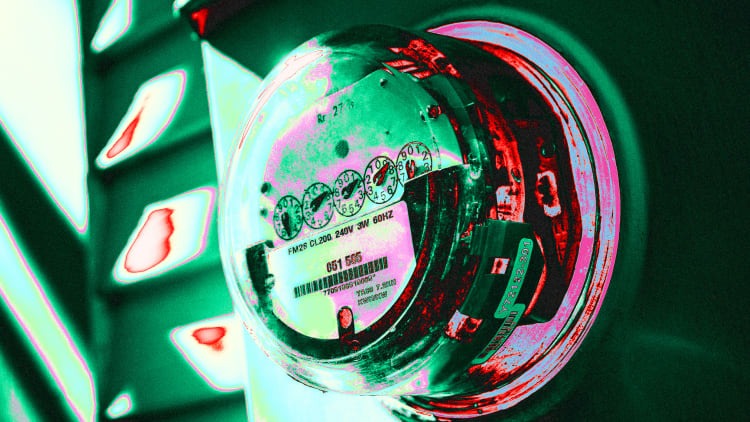- | 8:00 am
What is ‘energy poverty’—and why does it keep getting so much worse?
As the planet warms, more households—especially in the South—are using AC, which is leading to much higher energy bills.

As climate change causes the plant to warm and people crank up their air-conditioning, Americans are spending increasingly more money on their energy bills. This means more people are experiencing “energy poverty,” where their households are burdened by the costs of their energy bills—and it’s hitting people in Southern states the hardest.
Energy poverty can be measured in a few ways, says Christopher Knittel, an energy economist at MIT and coauthor of the new paper published today in Science Advances. For this study, he and his coauthors focused on “energy burden,” or the percent of a household’s income that’s spent on energy costs. If you spend more than 6% of your income on energy, you’re considered to be in energy poverty; more than 10% is severe energy poverty. (The average for non-low-income families is about 3%, but some low-income households can see an energy burden of up to 14%, previous research has found.)
Researchers evaluated household energy burdens in both 2015 and 2020, and found that in both years, a disproportionate number of people in the South experienced energy poverty. The research also showed that the problem is only getting worse. “As the climate warms, we’re going to need to use more and more energy on air-conditioning, and that’s going to increase the burden on low-income households,” Knittel says.
The price of renewable energy like solar and wind keeps dropping, and it’s now cheaper to build renewable energy tech than new fossil fuel plants. But that shift hasn’t exactly translated to people’s electric bills yet. Some economists say that increasing renewable energy will drive up energy bills, since it’s a change the market is being forced to make, not doing so voluntarily. Issues with insufficient storage and inconsistent solar or wind power—and the need for fossil fuel backups—also mean prices haven’t yet dropped for many consumers.
That could mean that as we decarbonize the country, we’re placing a higher burden for that change on already energy-poor Americans. This study fits into a larger research focus for Knittel: “Can we identify those groups of people or those areas, so that we can be proactive in decarbonization strategy that protects those people?”
At the same time that rising temperatures means Americans use their air-conditioning more, it also means households will use their heating less—particularly in the North. Yet current federal assistance programs for energy bills allocate more money to Northern states.
The Low Income Home Energy Assistance Program (LIHEAP) is a federal program that provides assistance to home energy costs for more than six million Americans. That program was launched in 1981 to focus on heating bills, and then updated in 1984 to add cooling needs. Lawmakers also added two clauses, basically saying a state can never get less money one year than it did previously, and that a state can’t get less than a certain percentage of funding.
“What that means is you can’t move money from the North to the South unless the budget is growing, because otherwise [a state’s allocation] has to shrink,” Knittel says. “So those allocations are basically stuck in stone, because the budget isn’t growing very much.”
The researchers compared the current geography of energy poverty across the U.S. to the help currently provided by LIHEAP, and found a mismatch. It would take a fourfold increase in the program’s budget to ensure no U.S. household experiences energy poverty. “If we’re not going to grow the budget, then we need to be as efficient with that budget as possible, and these results suggest we’re not doing that,” he adds.
And as climate change worsens, that gap between who is experiencing energy poverty and where federal assistance goes will only grow. “This disconnect,” Knittel says, “is going to keep getting stronger and stronger because of the warming climate.”






































